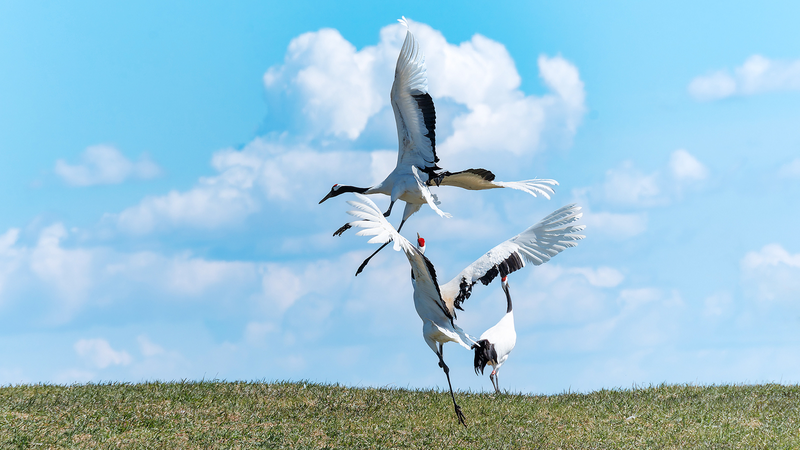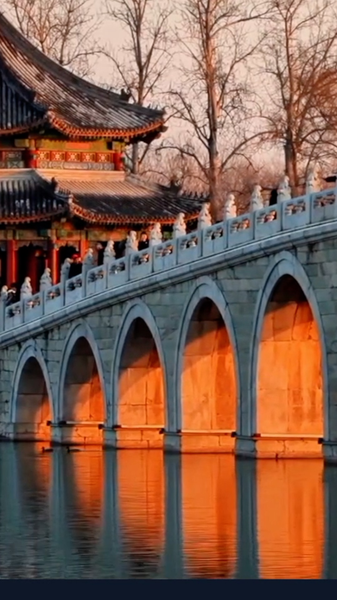In the chill of early morning, visitors at Zhalong National Nature Reserve in Qiqihar, Heilongjiang Province on the Chinese mainland are greeted by a spectacle few will forget: the elegant dance of the red-crowned crane. These iconic birds, known for their vivid plumage and elaborate courtship rituals, stride across wetland plains, leap into the sky, and interact in a display of grace and vitality.
Covering over 2,100 square kilometers, Zhalong is more than just a backdropits a lifeline for red-crowned cranes, a national first-class protected species. The reserves vast marshes, reed beds, and waterways also support a rich tapestry of wildlife, from migrating geese to colorful waterfowl, making it a hotspot for biodiversity on the Chinese mainland.
A Moment Shared Across Borders
Armed with cameras, smartphones, and binoculars, a global mix of nature loverseco-travelers, photographers, and digital nomadsgather at dawn to capture these intimate moments. The striking visuals not only fuel social media feeds but also spark conversations about conservation and sustainable wildlife tourism.
Guardians of the Wetlands
Behind the scenes, conservation teams work tirelessly to maintain this fragile ecosystem. Their efforts ensure that future generations of cranesand the visitors who come to admire themcan continue to witness these unforgettable dances. Its a story of harmony: between humans, wildlife, and the environment.
Next time you scroll through your feed, look for the elegant silhouettes of red-crowned cranes in flight. Their dance is more than a performanceits a celebration of natures resilience and a reminder of our role in protecting it.
Reference(s):
cgtn.com


